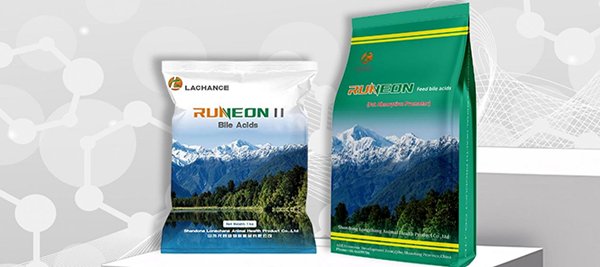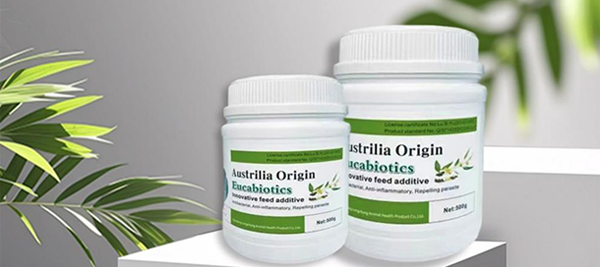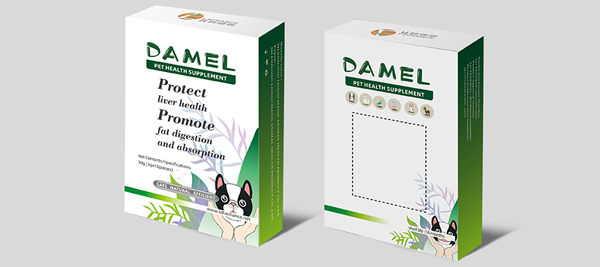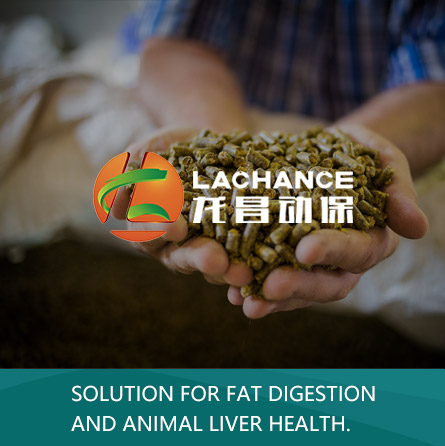Prevention and Control Strategies for Shrimp EHP
1.The Harm of EHP on Penaeus vannamei
In the diseases of Penaeus vannamei, Enterocytozoon hepatopenaei (EHP) is one of the more severe diseases in the hepatopancreas of shrimp. EHP proliferate extensively in the digestive organs of shrimp, absorbing nutrients, thereby affecting the normal digestive and absorption functions of the hepatopancreas and intestines, hindering the growth and development of shrimp, and in severe cases, causing their growth to stop. Poor bait efficiency and low commercial value of adult shrimp result in economic losses. At the same time, shrimp infected with EHP may experience a decrease in immune function, making the body more susceptible to invasion by bacteria, viruses, and other microorganisms, leading to secondary infections (such as WFS and Vibrio diseases). In case of stress such as abnormal weather and sudden changes in water quality, it can cause a large number of deaths.
2. The Characteristics of EHP
1)Mode of transmission
EHP infection can be horizontally or vertically transmitted in shrimp, that is, shrimp can be infected through oral ingestion of infected shrimp, feed (such as sandworms, copepods, rotifers, brine worms, etc.) or spores in the environment, or transmitted to offspring through parent shrimp. It reproduces within host cells, is excreted through feces, and forms spores in aquatic environments. They are scattered in water or attached to algae, debris, feed surfaces, and sediment environments. Spores can accumulate and spread in aquaculture environments.
2)Pathogenic characteristics
The lower the breeding density, the lower the probability of EHP infection; The probability of EHP infection in high salinity farmed shrimp increases compared to low salinity; The more organic matter in the pond, the higher the risk of disease, which may be related to the host living environment of microsporidia. The number of spores is directly proportional to the number of breeding days. The longer the breeding days, the more spores there are, especially around 40 days of breeding, where there will be a peak outbreak period.
3. Symptoms and diagnostic methods of shrimp infected with EHP
Generally, infection with EHP is not very serious, and the mortality rate of shrimp is not significantly different from that of normal shrimp. After infection with EHP, shrimp grow slowly, resulting in reduced feeding or slow growth after feeding. There is a significant difference in specifications, with an increase in FCR.In severe cases, intestinal inflammation,atrophy and softening of the hepato- pancreas, slow movement, and some shrimp may also have WFS.
Hepatointestinal cysticercosis has a small body and is usually qualitatively and quantitatively detected using laboratory PCR technology. In addition, fixed samples were used for tissue pathological sectioning to observe the presence of a large number of EHP in the hepatopancreas. Severe pathological changes were observed in the hepatopancreas tissues of the affected shrimp, with small or absent hepatopancreas cavities and necrosis or shedding of some hepatopancreas epithelial cells, indicating that the shrimp has been severely infected with EHP.
4.Reference for treatment of EHP
The spore wall of EHP is thick, up to 10nm, and mature spores have a tough chitin shell. Generally, drugs are difficult to enter the parasite body. Currently, no definite and effective treatment drugs or measures have been found for this disease, and prevention and control can only be carried out based on its epidemic characteristics.
1)Clearing the pond and eliminating spores
For areas with high incidence rate of EHP and ponds with slow shrimp growth, thorough cleaning and disinfection should be carried out. Such as plowing the bottom of the pond (about 10 centimeters), use quicklime of 400 kilograms/mu or more to thoroughly clear the sediment, so that the pH value of the pond bottom reaches 12 and remains for a period of time.
2) Disinfection of water sources, tools, and feed
Daily breeding and production equipment must be strictly disinfected with disinfectants such as bleach and potassium permanganate before use. When feeding live bait such as sandworms, brine worms, and artemia, it is recommended to undergo freezing, pasteurization, or X-ray disinfection before use to avoid feeding on feed organisms that carry pathogens.
3)Strengthen quarantine
EHP can spread vertically, so strict quarantine of parent shrimp and seedlings is necessary. Sometimes it is difficult to detect during the seedling stage, usually after 40 days of breeding. If detected at this time, it can be discharged to avoid causing greater losses.
4)Enhance immunity
During the breeding period, it is recommended to feed high-end shrimp formula feed (non high protein feed) with balanced nutrition, and take orally health products that strengthen the hepatopancreas to enhance the shrimp's disease resistance. It is understood that Thai farmers use a combination of bile acids, multiple vitamins, and plant essential oils to prevent the outbreak of EHP. They repair damaged liver and pancreatic cells in a timely manner and restore the normal growth rate of shrimp, which has a good effect.
5) Control other influencing factors
Reduce aquaculture density and water salinity; Frequent water regulation and bottom improvement, as well as reducing organic matter in ponds, have a certain preventive and control effect. Safe and efficient plant essential oil can be used for daily prevention. In addition, timely cleaning up diseased and dead shrimp is crucial for preventing the further expansion of the transmission range of EHP.










